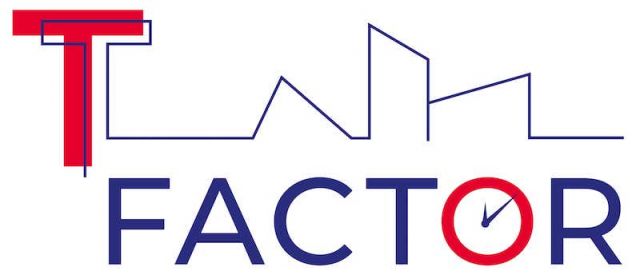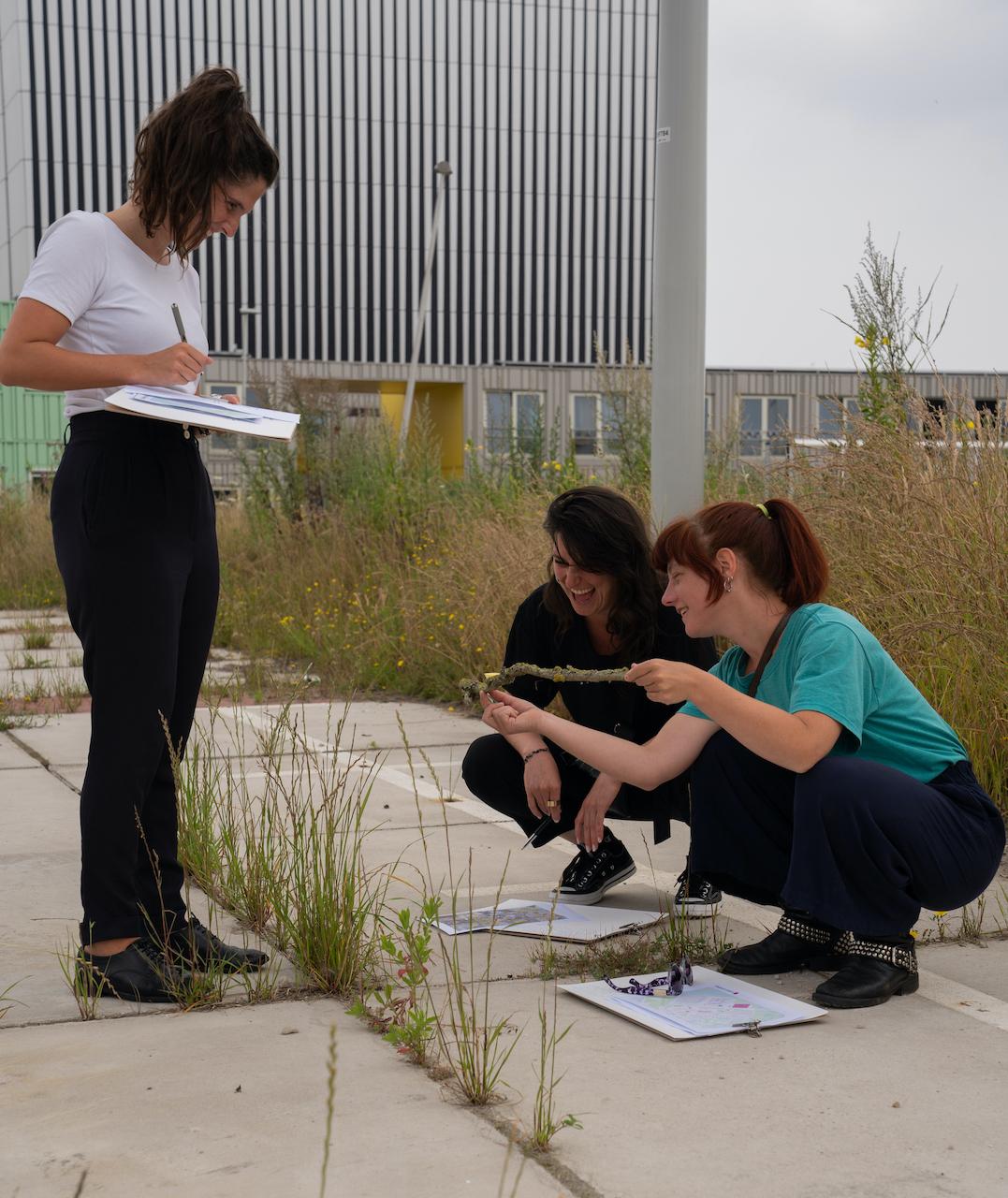As part of the project T-Factor, Waag aims to expand the genre of fieldnoting through art-based practices. How can we broaden, deepen, and include more narratives in the act of fieldnoting? What would happen if we try different ways of writing, where the subjective is also incorporated in the making?
Fieldnoting has always been an important scientific method for researching the living environment. Botanists like Mary Agnes Chase have been taking notes, drawing and taking samples of their surroundings in order to gather insights for their studies. In these contexts, the act of note-taking is utilised as registrative measures to capture the qualities and parameters of a site, specimen or experiment. Traditionally, the human subject objectifies the birds, bees and plants to draw conclusions for a human audience. But while these notes – usually in the form of a lab-book or data set – do provide detailed information, there are many narratives that are still being left out.
By way of public experimentation we teamed up with two artists: xenologist Adriana Knouf and earth scientist Esmee Geerken, to explore soils and lichen in the urban context and recorded a recital with the participants. Check out the results and lessons.
How it all starts
We meet on a humid Saturday the planet B container on Startup Village, Amsterdam Science Park. The group has fourteen people: most of the participants are working as artists or researchers, one works at a permaculture garden, another at a contemporary art space, and we have a forager in our midst as well.

After a quick introduction round, we start off with a first small writing task: write down the definition of a fieldnote as you know it. Are you allowed to use your imagination? For whom and with what goal are you creating the fieldnote? Are you used to drawing from an ‘objective’ view of what you see and do you write down a list of characteristics? Then, we continue with the second task: write down how you would like to broaden, deepen or expand the act of fieldnoting.

Adriana Knouf: Lichens and the extraterrestrial
With her presentation and writing task, artist in residence Adriana Knouf challenges the participants to think of extraterrestrial life and to imagine where lichens come from. With the help of a map, we roam the Science Park in search of lichens. Afterwards, the participants spread out to write a letter to future lichens or other future species.
‘Letters allow us to crystalise our desires, our hopes, our fears, our interests. They can be sent into some future, with no guarantee that they will reach their destination.’ - Adriana Knouf

During lunch time, we share the fieldnotes that we’ve created.


Digging up soil with Esmee Geerken
Esmee Geerken takes us back in time to when she did fieldwork in Luxembourg and probed the soil for five weeks with a core drill. She has prepared a table filled with samples of different kinds of soil, a dead mole and a booklet with which you can define the composition of the ground according to its color. Then, we go out into the field to dig up some peaty Amsterdam Science Park soil. Making visible the deep times that were present in the undergrounds of the area, mainly peat and foreign sands.


Letters to Amsterdam Science Park
We finish with a third writing task, where we can choose to either write about the current (‘What does the landscape tell you, that you would like to express back to humans and non-humans?’) or the future (‘Writing from the perspective of self-organising matter like shells or micro-organisms, how do you imagine a future Amsterdam Science Park if non-human life forms where in charge of the development of this area?’). In the end, we create a communal recital for the non-human entities.
Other than gaining insights on the various art-based practices, the workshop made clear that the combinations of careful noticing and note taking can be used to renew the relationship with nature. That is, if you choose to willfully step out of the day-to-day timeframes and dare to engage with a slow and attuned paste with the more-than-human world. Todays’ results, in the form of audio recordings, letters, poems and drawings, contribute to the creation an alternative and multi-voiced perspective on the Amsterdam Science Park.
Curious?
We highly recommend you to also read fieldnote #1 and fieldnote #2 on the (non-)human niches and visit the park yourself and perceive it with your own eyes. Or - with the eyes of the 'other'.



